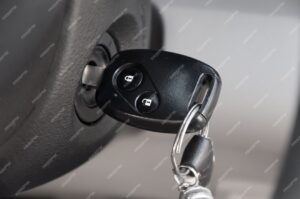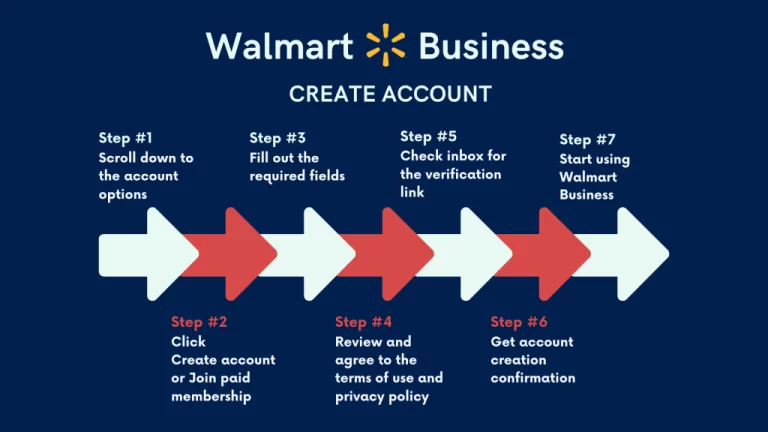It can be difficult and unpleasant to deal with a leaky car, especially if you don’t know what’s causing it or how to fix it. However, by following a few easy procedures, you may locate the leak’s source and take the necessary actions to fix it.
Prior to discussing how to handle a leaking car, it’s critical to comprehend the typical reasons why leaks occur in cars. The following are a few of the most typical sources of auto leaks:
Oil leaks: These may be the most typical kind of auto leaks, and they frequently result from a bad gasket or seal. Oil leaks may also be brought on by a loose oil filter or a damaged oil pan.
Leaks in the coolant system: A defective radiator or a frayed hose are frequently to blame for coolant leaks. A coolant leak may be the cause of a sweet, syrupy odor emanating from your car.
Leaky gaskets or seals are frequently to blame for transmission fluid leaks, just like with coolant and oil leaks. However, a broken transmission line or a damaged transmission pan can also be to blame.
Fuel leaks: A malfunctioning fuel pump, a damaged fuel line, or a leaking fuel tank are just a few of the potential causes of fuel leaks.
Let’s look at how to handle a leaky automobile now that you are more aware of the typical reasons why cars leak:
Find the leak’s source: Finding the leak’s source is the first step in fixing a leaky car. This can be accomplished by visually evaluating the vehicle for any obvious leak indicators, such as a liquid pool under the vehicle or a moist area on the ground. A flashlight can also be used to search for any obvious leak indicators, such as a damp or discolored patch on the engine or transmission.
Identify the kind of liquid leaking: The following step is to identify the kind of fluid that is leaking after you have found the leak’s source. You can do this by absorbing a small bit of the fluid with a paper towel or piece of cardboard, then checking the fluid’s color and consistency.
Take the proper action to fix the leak: The next step is to take the proper action to repair the leak once you have determined the type of fluid leaking and the source of the leak. This could involve anything from merely tightening a loose bolt to changing a bad gasket or seal, depending on the severity of the leak and your level of mechanical expertise.
It is typically a good idea to get advice from a mechanic or a repair manual if you are unsure how to fix the leak.
After the leak has been fixed, it’s crucial to keep an eye on the vehicle to make sure it has been properly handled. This can be achieved by performing routine visual inspections of the vehicle and looking for any indications of a fresh leak. To stop future harm to the car, you should repair the problem as soon as you become aware of a new leak or if the current leak continues.
Maintain your automobile regularly: Maintaining your car on a regular basis will assist to avoid leaks from developing in the first place, in addition to fixing leaks as they do. This covers tasks like routinely changing the oil and oil filter, inspecting and repairing defective gaskets and seals, and changing out worn-out or damaged hoses.











+ There are no comments
Add yours